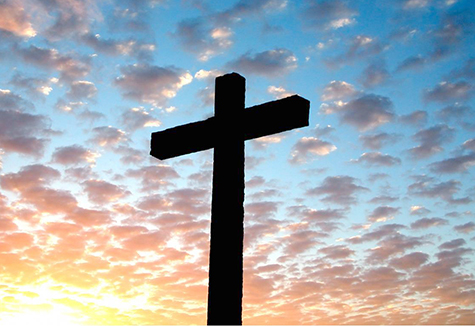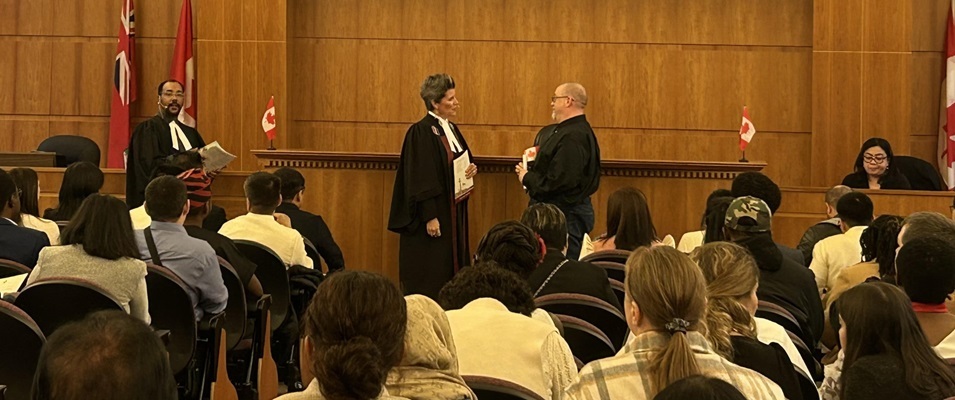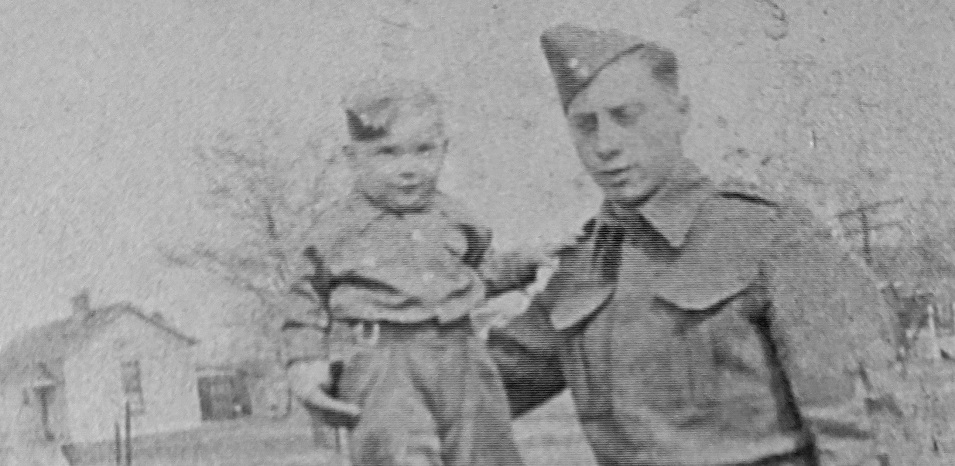
Death is the enemy of all humanity. Facing the common enemy of death is grounds for uniting all humans. The death rate is the same for the human race—one death for every birth.
Yet our emotions and desires tell us that there’s something about death that just isn’t right. Every person who has died up until now has been buried with potential that was not yet realized, gifts that were left dormant, and abilities that were yet undeveloped. Some intuitive sense tells us that it is just not right that the human longing for immortality should be forever suppressed and crushed.
The concept of “eternal return” says that the physical body has been recurring, and will continue to recur, in some form for an infinite number of cycles of death and rebirth across infinite time or space. This concept was founded in ancient Egypt and subsequently taken up by other mystical religions which do not see a supernatural power that can break the cycles of nature. In this view, time is viewed as being cyclical, not linear, or moving with direction toward a life which will never die.
The end of the Apostles’ Creed proclaims, “I believe in the resurrection of the body and life everlasting.” By this truth, we affirm the immortality to which redeemed humanity is destined, and the evidence for that faith is the resurrection of Jesus Christ whose bodily resurrection is but the first fruits of a much greater harvest to come.
There is reasonable evidence for the resurrection of Jesus. It is hard to believe that those who claimed to see Him after finding the tomb was empty were merely hallucinating; such encounters are experienced by more high-strung and imaginative types. But on one occasion, a crowd of 500 people with a wide variety of dispositions all claimed that they saw Christ.
Moreover, hallucinations are highly individualistic because their source is in the subconscious mind. No two persons will experience exactly the same phenomenon, but with the eyewitnesses of the resurrection, groups both large and small experienced the same “hallucination” after their eyes were opened.
Finally, a great company exists throughout the world today called “the Church.” It can be traced back in history to a beginning point in Jerusalem at about 30 A.D. To what did it owe its origin? Its earliest records clearly state that its origin dates from the empty tomb of its Founder.
“I believe in the resurrection of the body and life everlasting.” By this truth, we affirm the dignity of the human person, and in particular of the immortality of the human body.
Jesus had no army, yet kings feared him. He won no military battles, yet He won the hearts of people in every nation on earth. He committed no crime, yet they crucified Him. He was buried in a tomb, yet He lives today in the hearts of millions.
Today, our blessed hope is that not only is death an enemy, but that it is a defeated enemy in the resurrection of Jesus Christ, who broke the cycles of nature. It is also the last enemy of the human race. That is a prize, a goal well worth pressing toward.




















